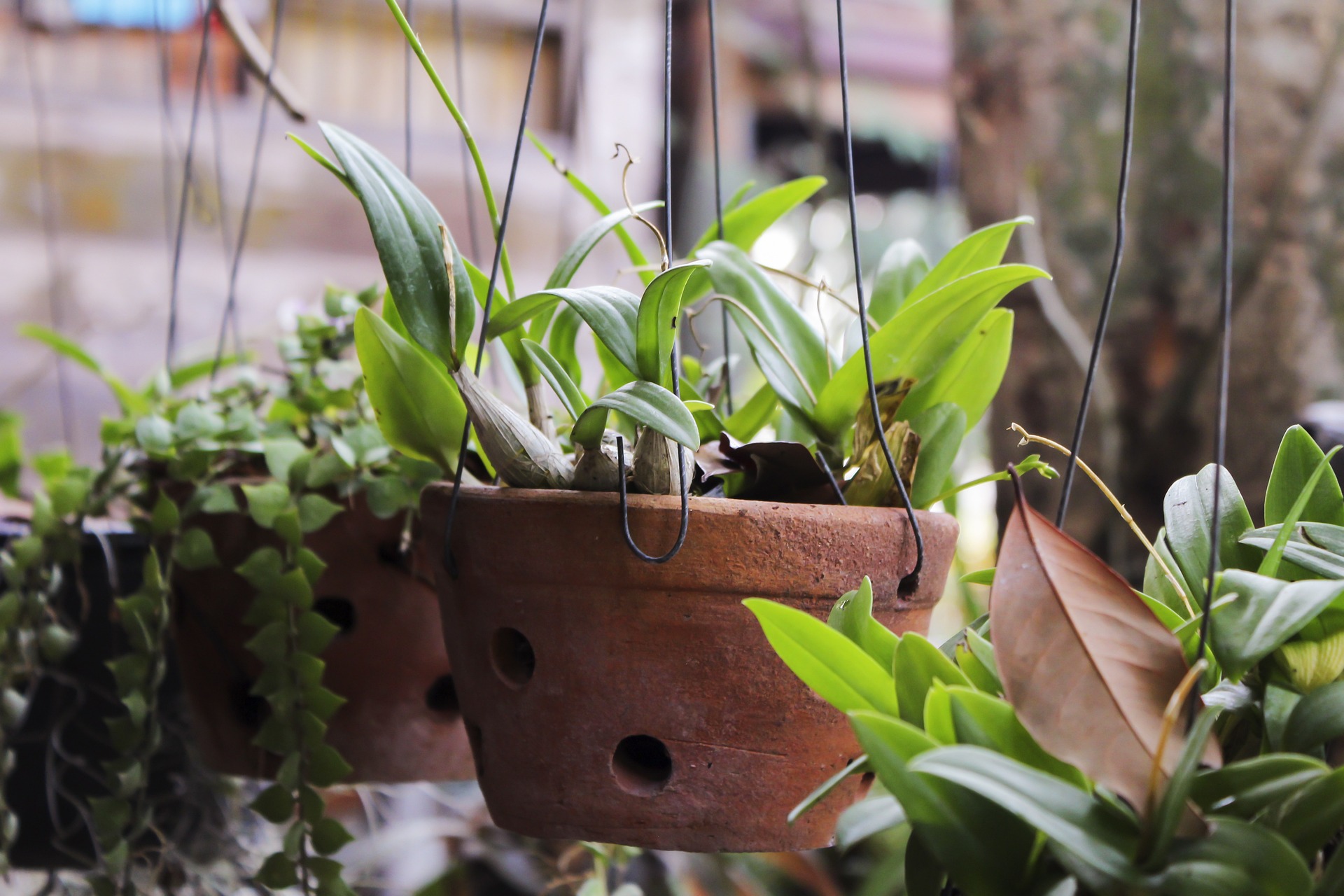The Enchanting World of Kokedama: Floating Moss Ball Gardens
Imagine a delicate sphere of lush greenery suspended in mid-air, defying gravity and traditional gardening norms. This captivating sight is not a product of science fiction, but rather the ancient Japanese art of Kokedama. As urban dwellers seek innovative ways to bring nature into their living spaces, this unique form of plant cultivation has captured the hearts of design enthusiasts and plant lovers alike. Join us as we delve into the mesmerizing realm of Kokedama, exploring its rich history, practical applications, and the transformative impact it can have on modern interiors.

Initially, Kokedama remained a closely guarded secret among Japanese gardeners and botanists. It wasn’t until the late 20th century that this art form began to gain recognition beyond Japan’s borders. As global interest in Japanese culture and design philosophies grew, so did the fascination with Kokedama. Today, it stands as a testament to the enduring appeal of Japanese gardening techniques and their ability to adapt to contemporary sensibilities.
The Art of Creating Kokedama: A Blend of Science and Creativity
At its core, Kokedama is a harmonious fusion of horticultural knowledge and artistic expression. The process begins with selecting an appropriate plant – typically small, shade-loving varieties that can thrive in limited soil conditions. Popular choices include ferns, orchids, and small flowering plants. The plant’s roots are then carefully wrapped in a mixture of peat moss, bonsai soil, and clay, forming a compact sphere. This sphere is then covered with a layer of moss, secured with twine or fishing line.
The real magic of Kokedama lies in its versatility. These living sculptures can be displayed in a variety of ways – suspended from ceilings, nestled in decorative bowls, or arranged in elegant groupings on flat surfaces. This flexibility allows for endless creative possibilities, making Kokedama an ideal medium for expressing personal style and transforming living spaces.
Kokedama in Modern Interiors: A Fresh Take on Biophilic Design
As the lines between indoor and outdoor living continue to blur, Kokedama has emerged as a perfect bridge between nature and interior design. Its compact size and sculptural form make it an ideal solution for urban dwellers with limited space, allowing them to create verdant displays without the need for traditional planters or extensive garden areas.
In contemporary homes, Kokedama serves as a living art piece, adding texture, color, and a touch of whimsy to any room. Suspended Kokedama can create the illusion of floating gardens, transforming ordinary spaces into enchanting green havens. When arranged in clusters, they can form striking focal points, drawing the eye and creating a sense of depth and movement within a room.
The Practical Side of Kokedama: Care and Maintenance
While Kokedama may appear delicate, these moss ball gardens are surprisingly resilient and relatively low-maintenance. The key to their care lies in understanding the unique needs of the chosen plant and the properties of the moss ball itself. Watering is typically done through submersion, allowing the entire ball to absorb moisture evenly. This method not only ensures thorough hydration but also becomes a meditative ritual for plant enthusiasts.
Humidity plays a crucial role in maintaining the health and appearance of Kokedama. Regular misting helps keep the moss lush and green, while also benefiting the enclosed plant. For those living in drier climates, creating humidity trays or grouping Kokedama together can help maintain optimal moisture levels.
Kokedama as a Mindful Practice: Connecting with Nature
Beyond its aesthetic appeal, the practice of creating and caring for Kokedama offers a unique opportunity for mindfulness and connection with nature. The process of shaping the moss ball, selecting and positioning the plant, and the ongoing care routine can serve as a form of meditation, allowing individuals to slow down and engage with the natural world in a tactile, intimate way.
This mindful approach to gardening aligns perfectly with the growing interest in wellness and stress-reduction techniques. As more people seek ways to counteract the frenetic pace of modern life, Kokedama offers a calming, grounding practice that brings a piece of nature into daily routines.
The Future of Kokedama: Innovation and Sustainability
As Kokedama continues to gain popularity, innovative gardeners and designers are pushing the boundaries of this ancient art form. Experiments with unconventional plants, creative display methods, and even tech-integrated Kokedama are emerging, showcasing the adaptability of this technique to modern sensibilities.
Moreover, the principles behind Kokedama align well with current sustainability trends. The minimal use of soil and containers makes it an eco-friendly gardening option, particularly suitable for urban environments where space and resources may be limited. As we move towards more sustainable living practices, Kokedama stands as a beautiful example of how traditional techniques can be reimagined to meet contemporary needs.
In conclusion, Kokedama represents a fascinating intersection of ancient wisdom and modern design sensibilities. Its ability to transform spaces, connect us with nature, and inspire creativity makes it more than just a gardening trend – it’s a living art form that continues to evolve and enchant. As we look to the future of interior design and urban gardening, Kokedama offers a glimpse into a world where nature and human creativity coexist in perfect harmony, floating gracefully in the air of our homes and hearts.





